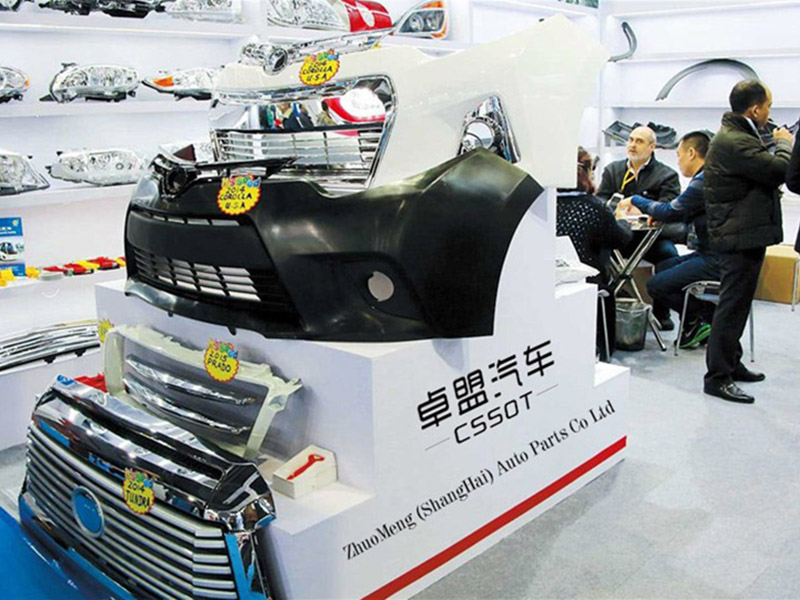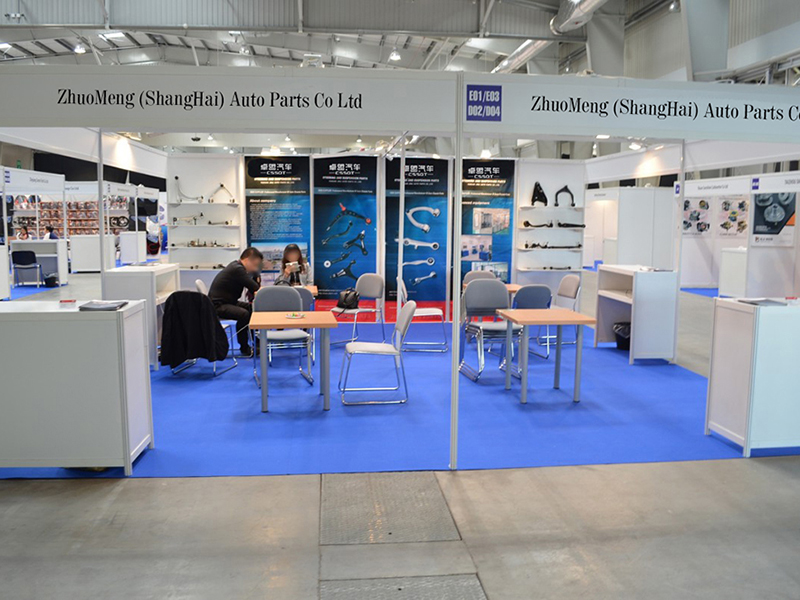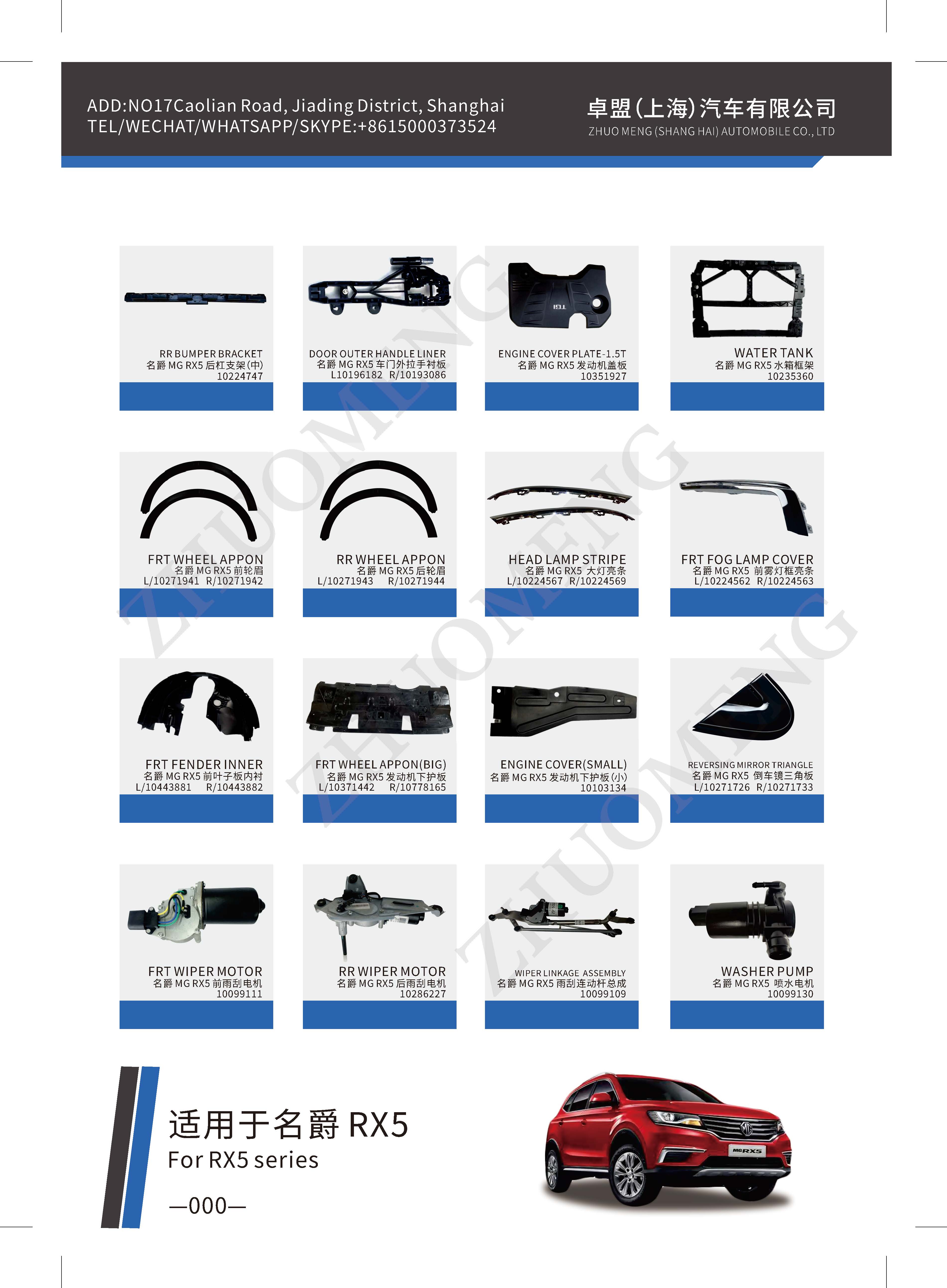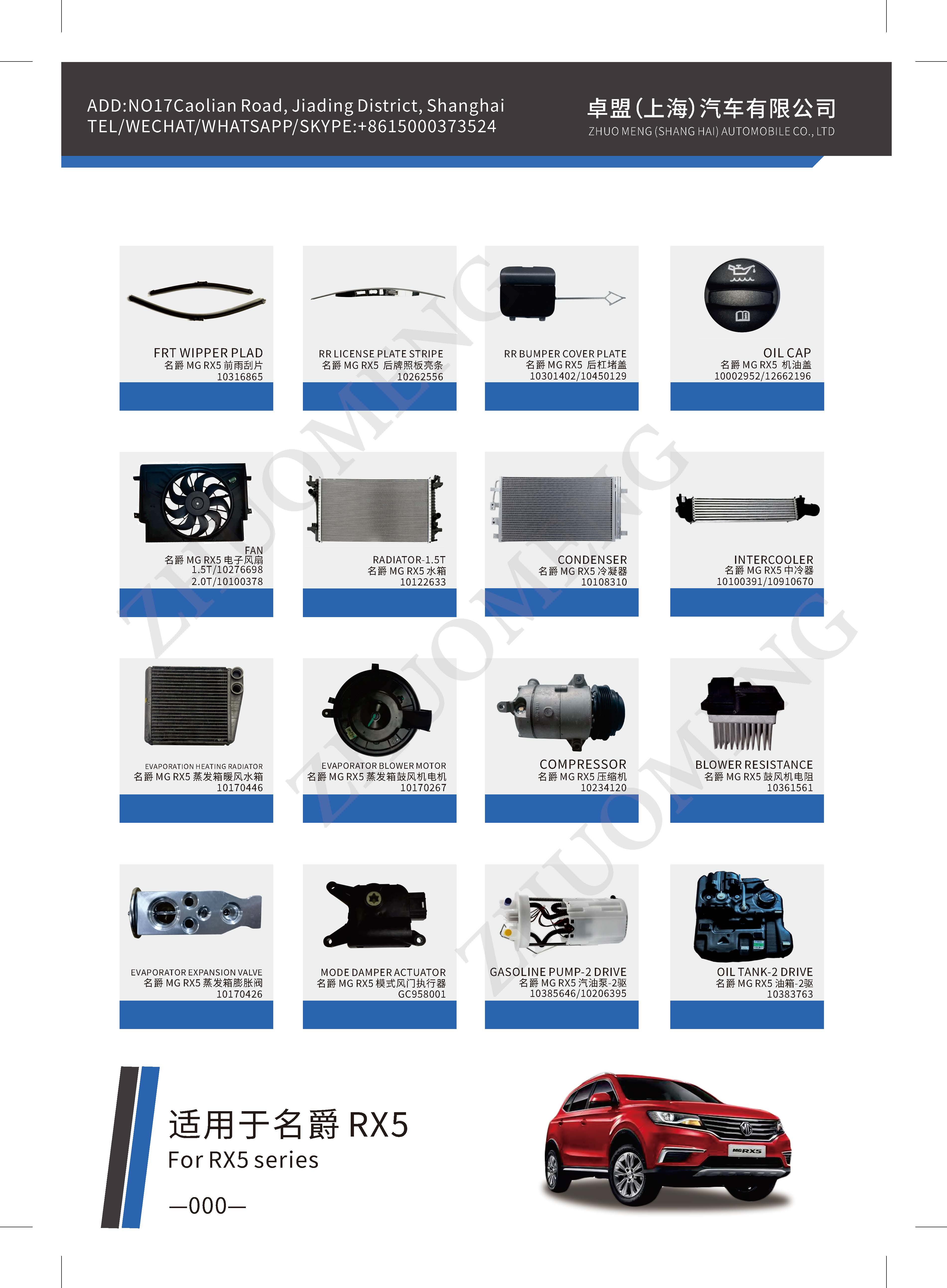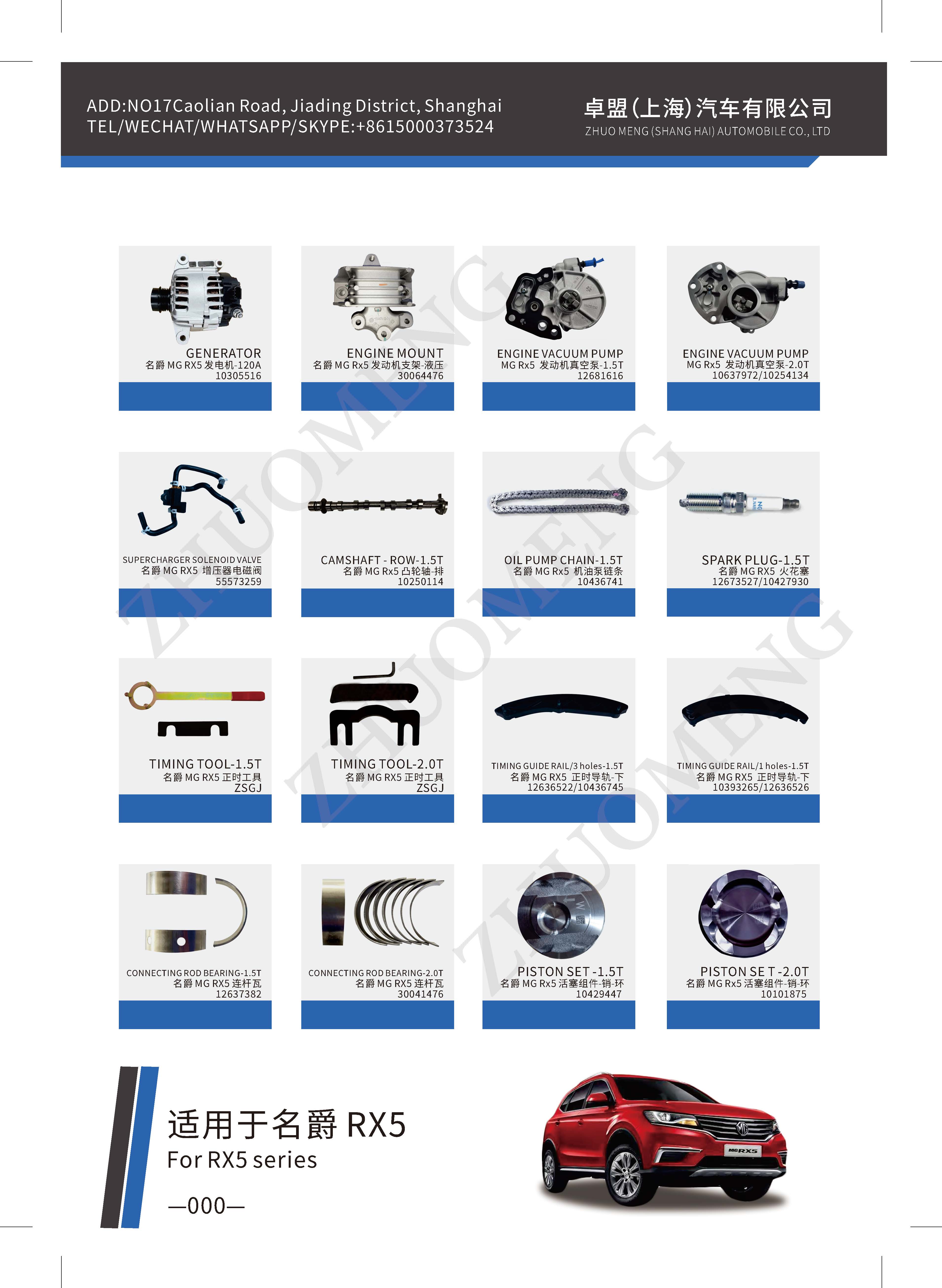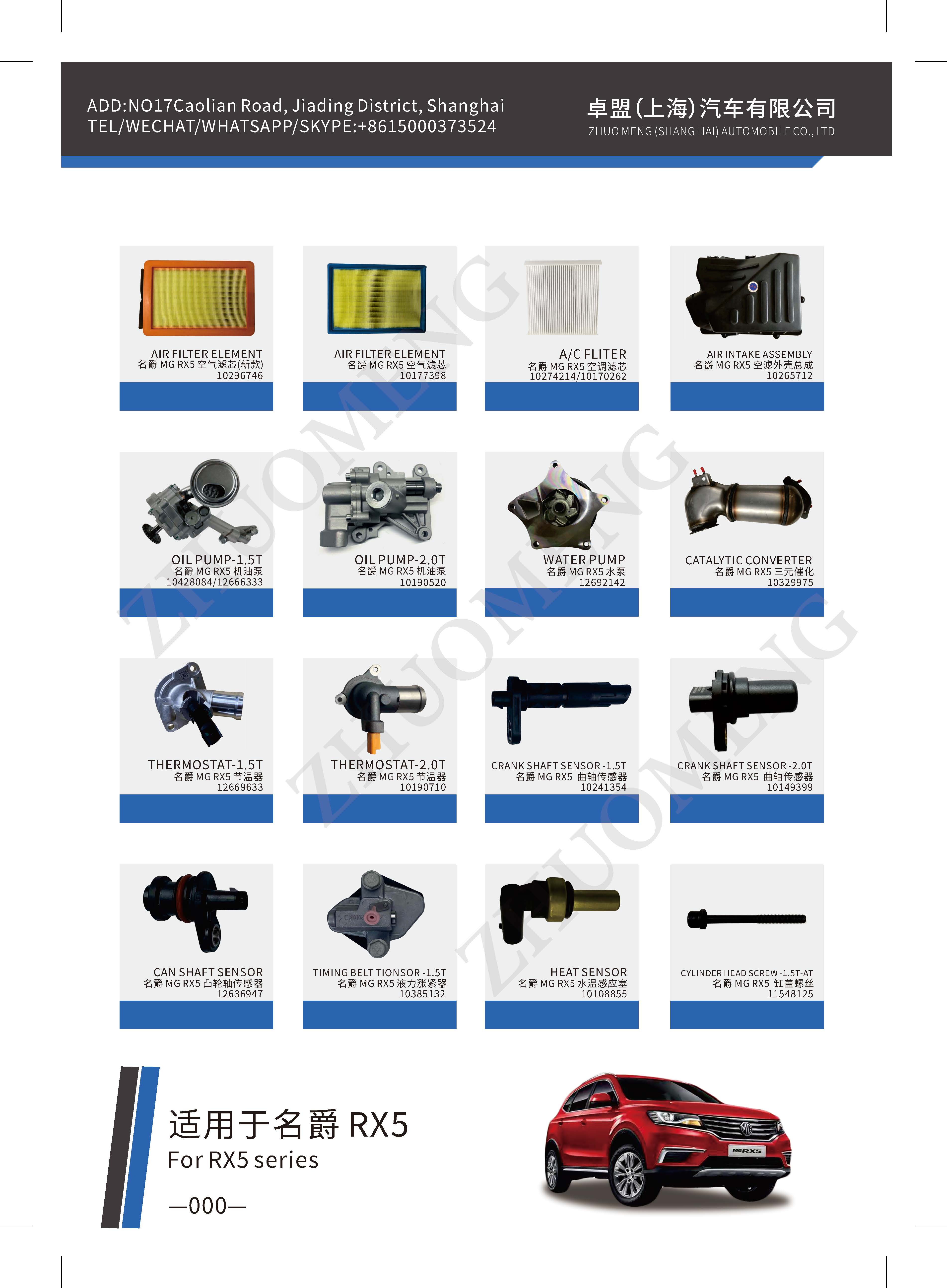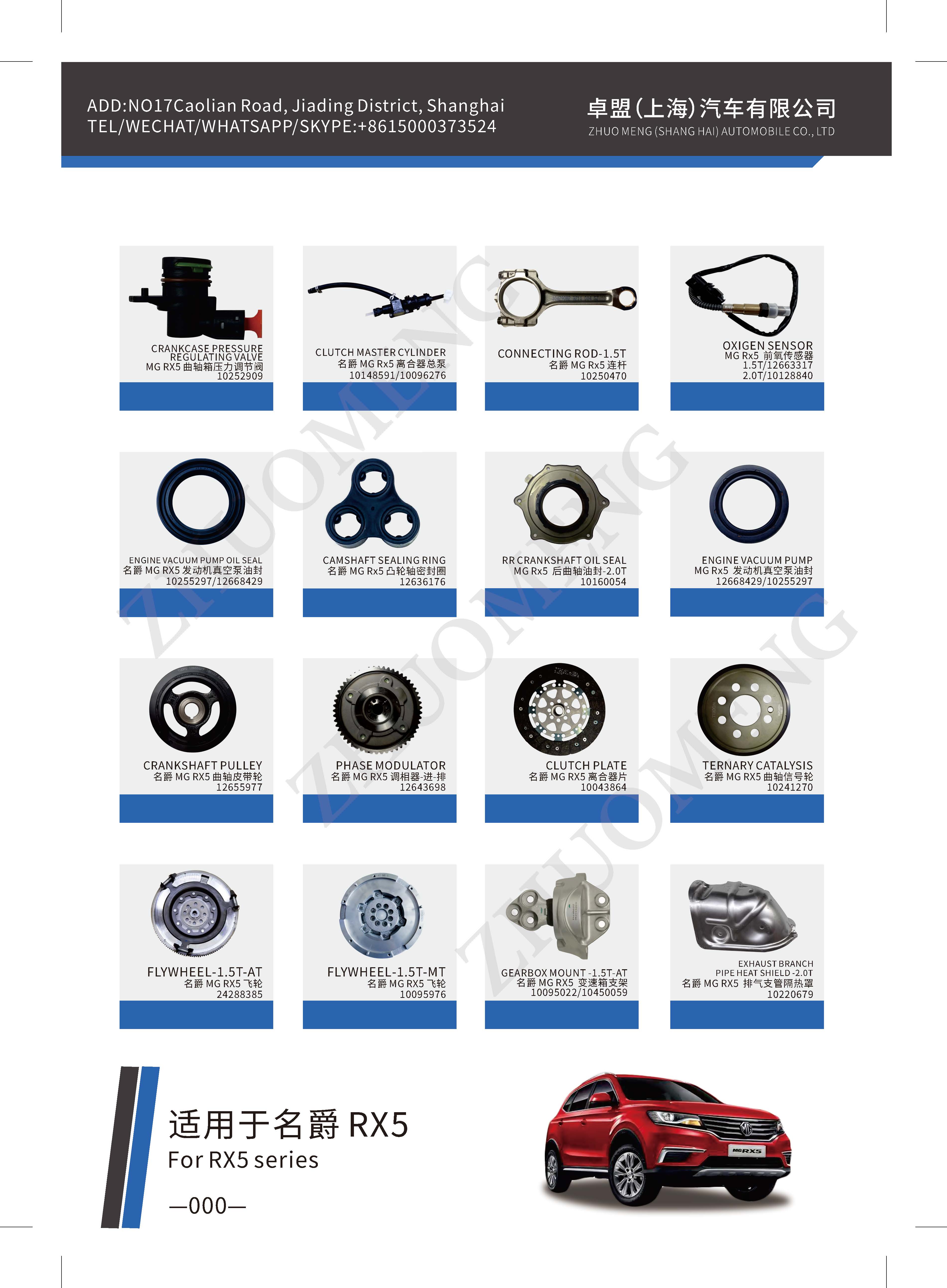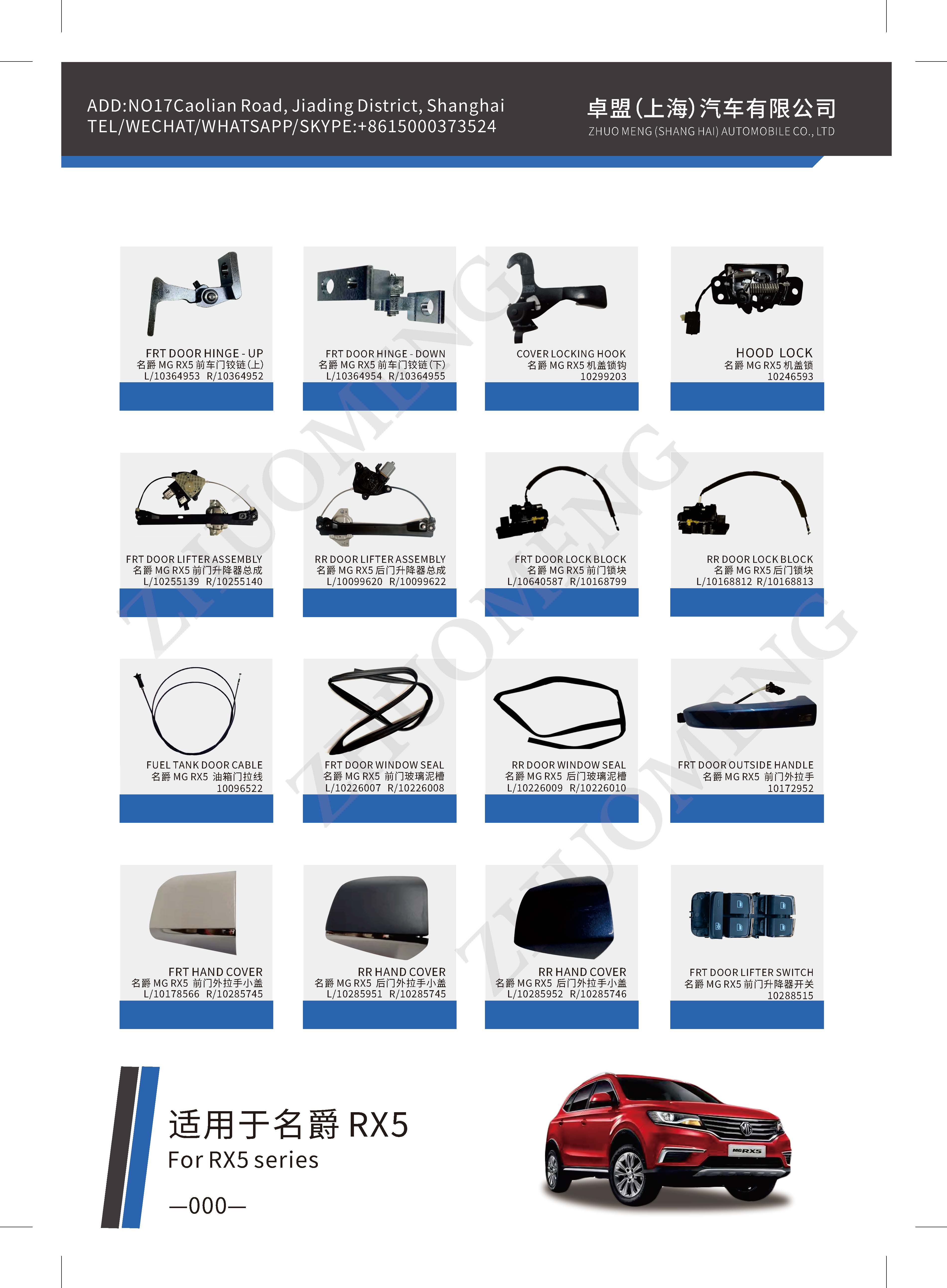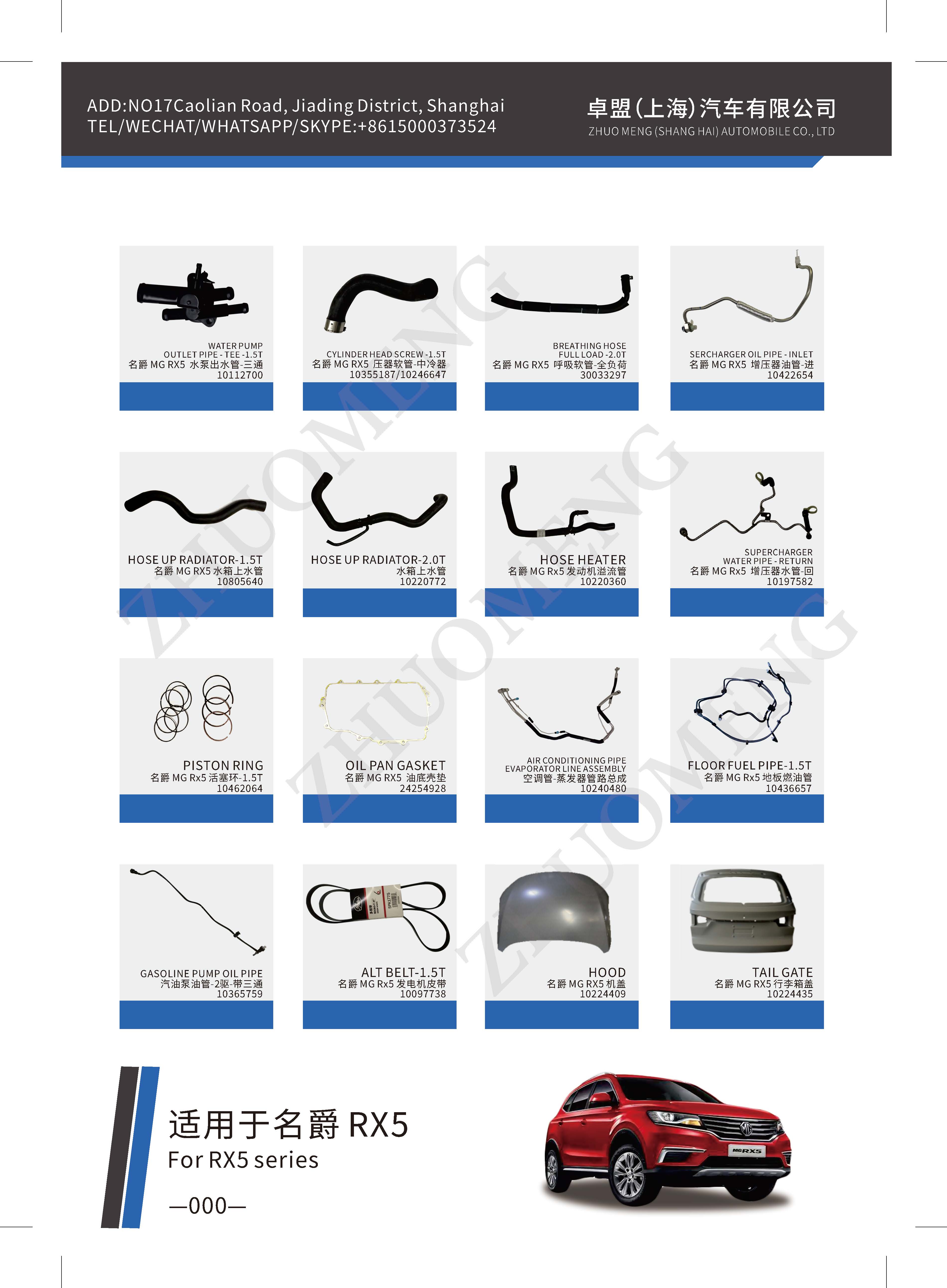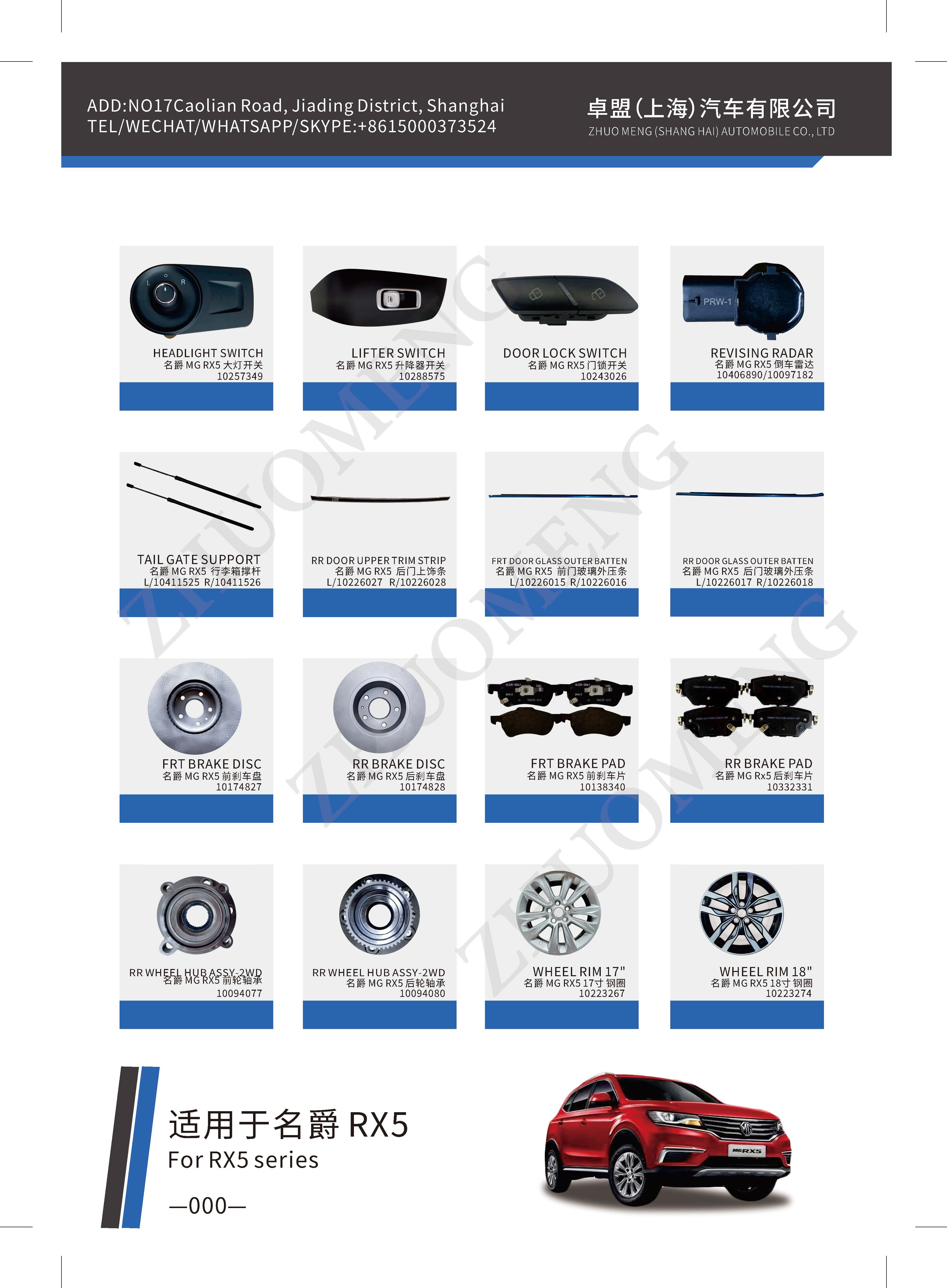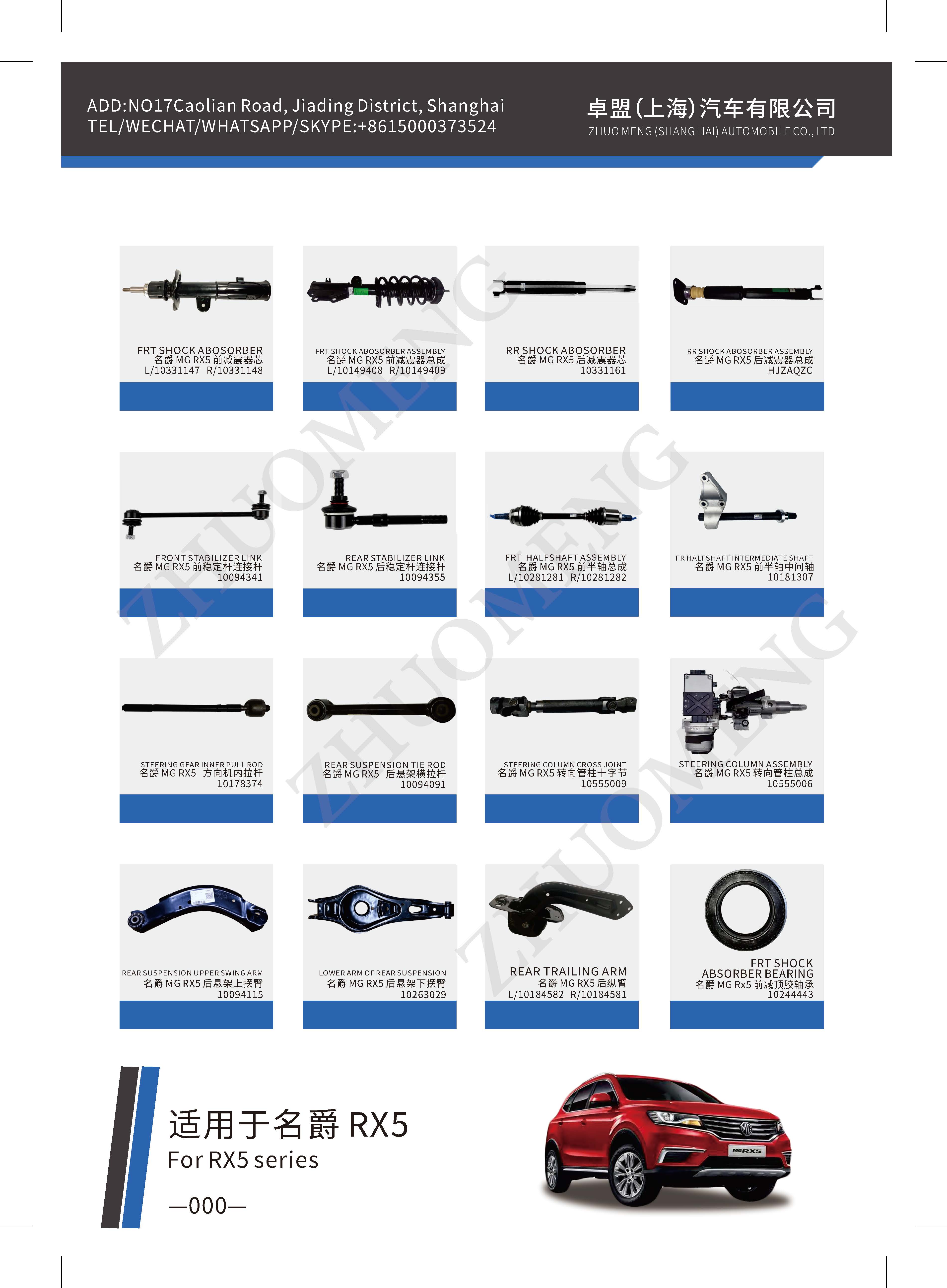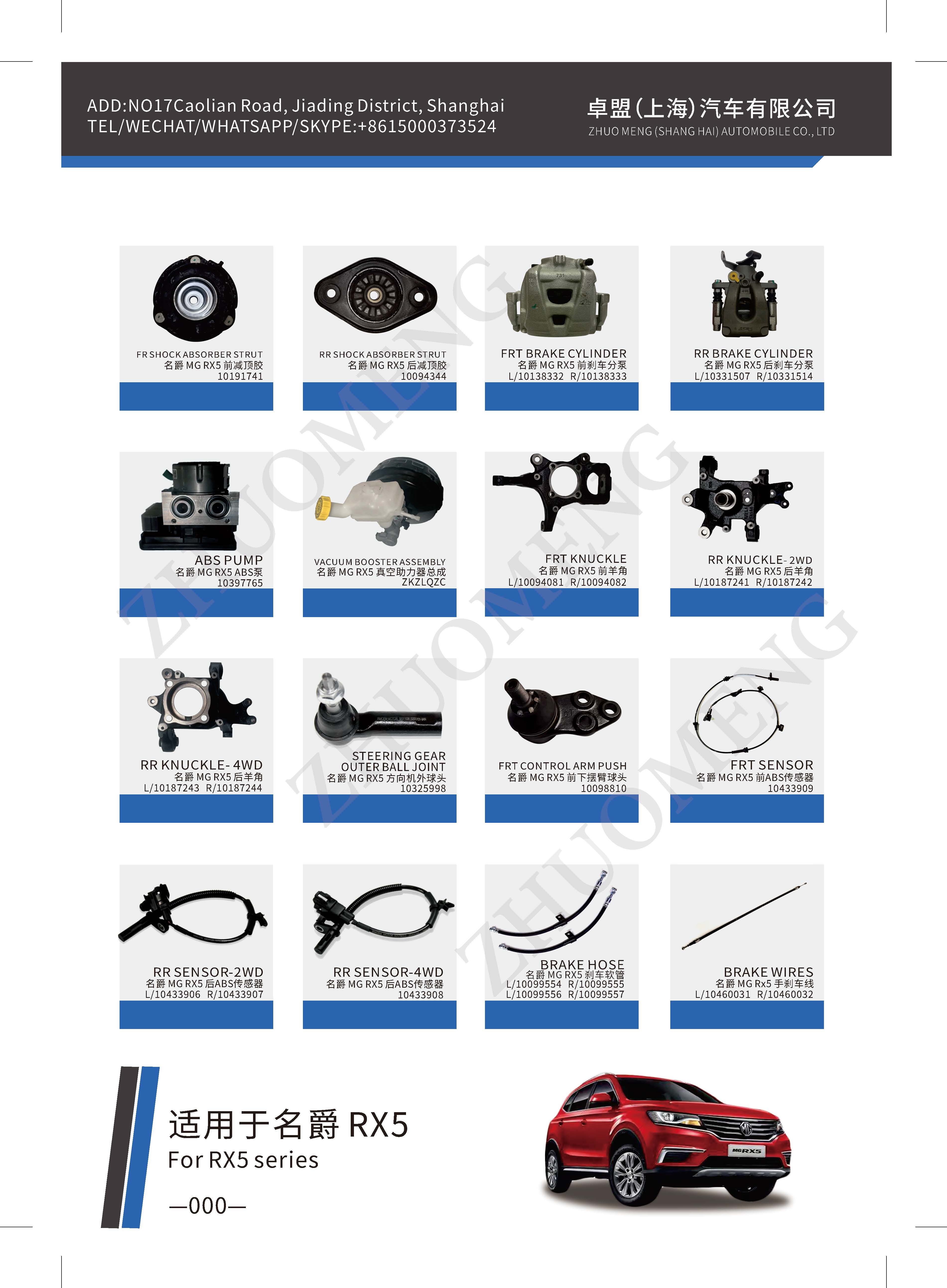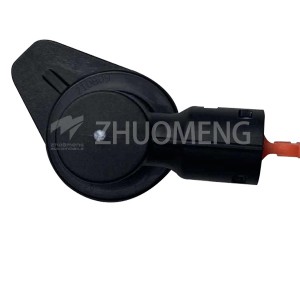A phase modulator is a circuit in which the phase of a carrier wave is controlled by a modulating signal. There are two kinds of sine wave phase modulation: direct phase modulation and indirect phase modulation. The principle of direct phase modulation is to use the modulating signal to directly change the parameters of the resonant loop, so that the carrier signal through the resonant loop to generate phase shift and form a phase modulation wave; The indirect phase modulation method first modulates the amplitude of the modulated wave, and then transforms the amplitude change into the phase change, so as to achieve the phase modulation. This method was created by Armstrong in 1933, called Armstrong modulation method
An electronically controlled microwave phase shifter is a two-port network used to provide a phase difference between the output and input signals that can be controlled by a control signal (generally a DC bias voltage). The amount of phase shift can vary continuously with the control signal or at a predetermined discrete value. They are called analog phase shifters and digital phase shifters respectively. The phase modulator is a binary phase shift keying modulator in microwave communication system, which uses continuous square wave to modulate the carrier signal. Sine wave phase modulation can be divided into direct phase modulation and indirect phase modulation. By using the relation that sine wave amplitude Angle is integral of instantaneous frequency, frequency modulated wave can be transformed into phase modulated wave (or vice versa). The most commonly used direct phase modulator circuit is the varactor diode phase modulator. The indirect phase modulation circuit is more complicated than the direct phase modulation circuit. Its principle is that one route of the carrier signal is shifted by the 90° phase shifter and enters the balanced amplitude-modulator to suppress the amplitude modulation of the carrier. After proper attenuation, the obtained signal is added to the other route of the carrier to output the amplitude-modulating signal. This circuit is characterized by high frequency stability, but the phase shift cannot be too large (generally less than 15°) or serious distortion. Simple phase modulator is often used in FM broadcast transmitters.

